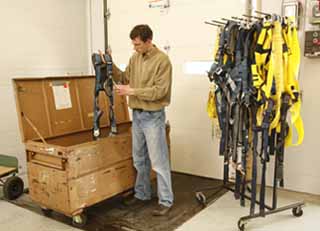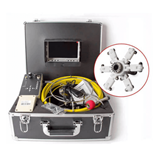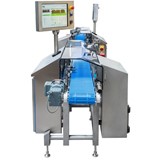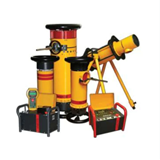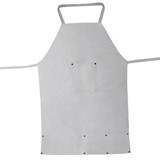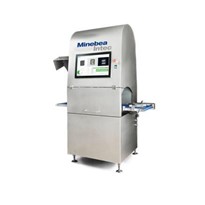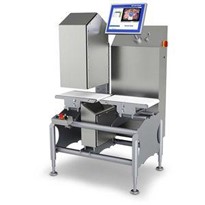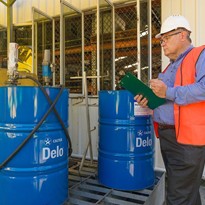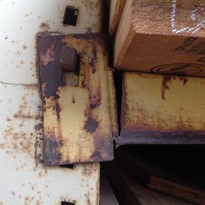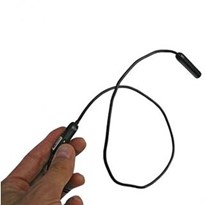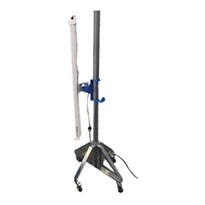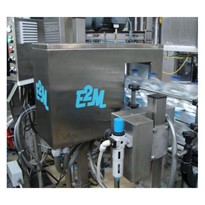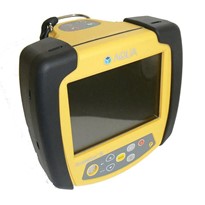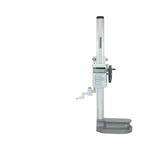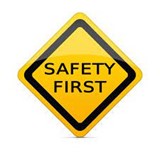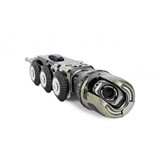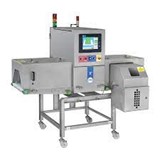In essence, RFID is a way to track individual batches within production lines down to a single item within each batch. Another common application is to enable farmers to identify an individual cow within a herd of cattle to manage breeding programs.
The technology works in such a way that a tag or marker can be attached to an individual item giving that product or animal a unique identifier. The number is encrypted within each chip and the use of a scanning device then ‘activates’ the particles within the chip to enable it to read the code by using electromagnetic waves. Most tags have no battery to limit their life and are resistant to grease, dust and salt water to ensure efficient functionality. This makes them highly durable and also suitable for dangerous environments as they are effectively intrinsically safe.
The entry of RFID technology within the safety industry and most specifically height safety equipment occurred 12 months ago in the United States and has recently spread to products manufactured in Australia. This vast technology shift within this product category is now being used to make workers who require fall protection equipment safer. This technology solution allows safety professionals to more effectively manage the intricate safety challenges they face on a daily basis.
Height safety is a very technical field, requiring diligent and competent inspection and maintenance of equipment regularly, to ensure its peak performance in the event of a fall. After all, height safety equipment is manufactured to save lives.
A typical inspection regime usually requires the specific serial number of the product to be recorded in a safe and accessible place, along with the date of the inspection, whether the product passed or failed the inspection and who performed it. Better systems record the date the product was checked into or removed from service and retain vital information about purchase details, batch numbers and any training provided to the user at the time of issue. Consult Australian and New Zealand standard, AS/NZS 1891.4, Care, Use and Maintenance of Fall Protection Equipment for detailed inspection and frequency guidelines as well as those provided by the manufacturer.
The most important component of managing a fleet of fall protection equipment is the ability to collect information about its location, who it was given or allocated to and then the status of the product in terms of inspection requirements. Traditionally this process is performed in a ‘whole of fleet’ exercise to ensure all equipment details are captured at once.
This detailed record keeping process enables every interested party to have a good understanding of the status of each product within their fleet, from those responsible for workplace safety, management, purchasing staff to the state legislative bodies such as OSH. Also a detailed inspection regime provides the proof that workplace safety is considered an important issue in your own environment.
The most common forms of record keeping include anything from a paper based record system to electronic spreadsheets, to marking the product with inspection details (provided only by some manufacturers). However the emergence of RFID (Radio Frequency Identification) technology into the inspection recording process has simplified this complex process making it simple and easy to understand and implement, and ensures compliance with local standards and regulations. The inspector can scan and record the information electronically with the scanner rather than hand-write inspection details mechanically.
Using RFID tags, products are manufactured with a uniquely identifiable code that is either integral or retrofitted to each piece of fall protection equipment. Using a Personal Diary Assistant (PDA) with a scanner enables items to be quickly scanned and the inspection details recorded electronically. Once scanned, the information is then synchronised with an internet based web portal that hosts all information in a central location.
Such a system offers enormous advantages for companies and end users with large fleets of height safety equipment across multiple sites. Companies can effectively have visibility over the entire fleet without the hassles of sending spreadsheets or faxes to one another. The process also reduces confusion over equipment being transferred across multiple sites and reduces the chances of theft and off-contract purchasing, which is a large issue for many industrial users.
Using the web portal, the information can then be viewed by multiple users on multiple sites at any time. Inspections can therefore also be coordinated at site level, by department or even by user at mutually convenient times as the portal enables the inspection time frames to be set and reminders to be issued.
Too much technology for a simple product? In today’s environment with increasing regulatory requirements and legislative barriers, we need all the help we can get. Implementing and maintaining an effective height safety equipment inspection program is not just a matter of complying with the standard or keeping the regulatory authorities off your back. Like using height safety equipment, it is about managing your risks and ensuring that people have the right tools for the right job at the right time. The task is not a difficult one – RFID is here to stay and is there to be used to make life easier, not more complicated.
For More information contact Capital Safety on 0800 212 505 or visit www.capitalsafety.com


